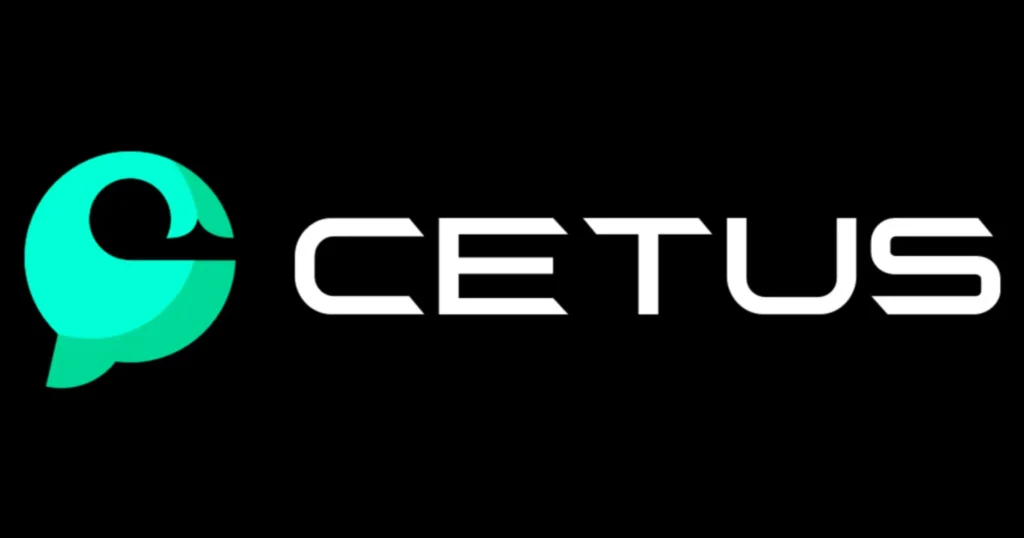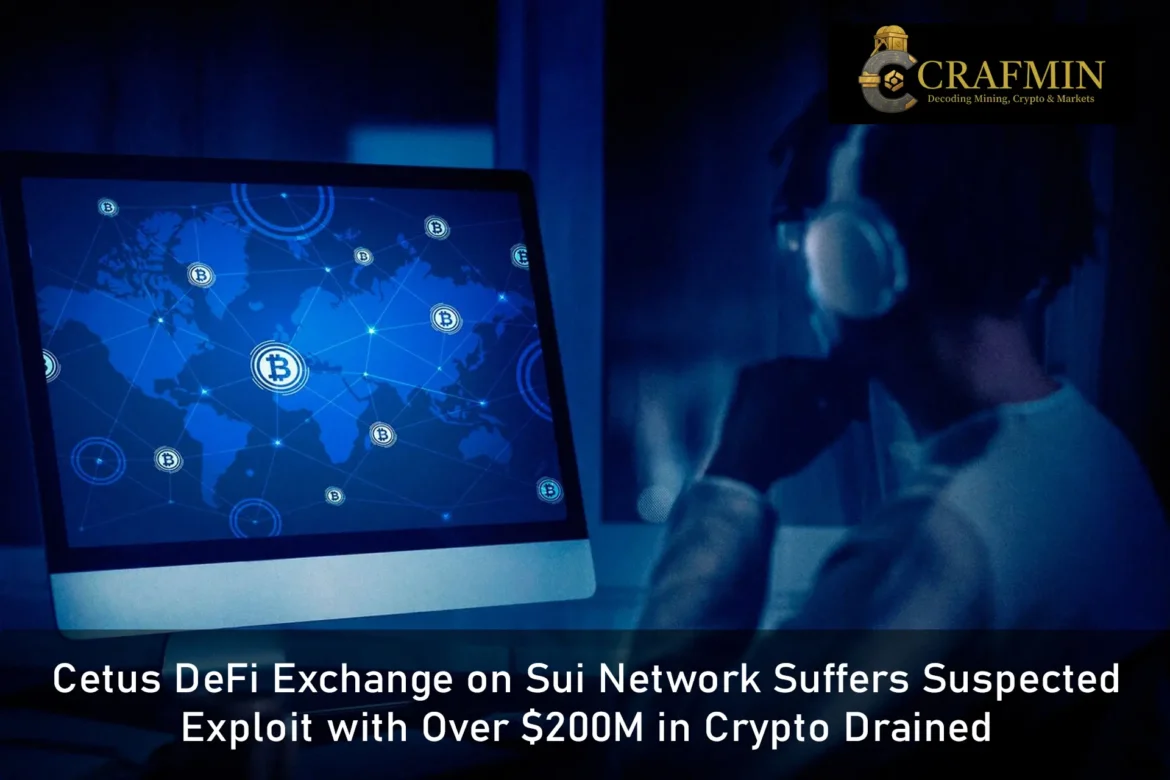Suspected Exploit Hits Cetus Exchange, Over $200 Million in Crypto Drained
A major decentralised exchange on the Sui blockchain, Cetus DeFi, has reportedly suffered a severe security incident that may have resulted in the loss of more than $200 million in digital assets. While the Cetus team has described the problem as a system flaw, security analysts and onchain data suggest the situation is far more serious.
Surge in Activity Raises Red Flags
The first signs of trouble appeared when researchers monitoring blockchain activity noticed a sudden increase in transaction volumes on Cetus DeFi. On 22 May, the platform processed an unusually large amount—around $2.9 billion in trades—compared to the $320 million recorded the day before. Analysts believe this spike was likely due to funds being drained from the exchange at a rapid rate.
Security firms quickly began tracking suspicious movements of assets. One cyber monitoring group reported that at least $63 million had already been moved from the Sui network to Ethereum. In a single transaction, 20,000 ETH—worth tens of millions of dollars—was sent to a new wallet, drawing further attention to the incident.
Despite these alarming developments, the Cetus DeFi team only confirmed that an issue had been detected and responded by pausing the exchange’s smart contract as a safety measure. A detailed explanation has yet to be provided, leaving users uncertain about whether the event was due to a coding error or a deliberate attack.

Image 1: Cetus (Source: Crypto Briefing)
Sharp Price Drops and Market Fallout
The impact of the suspected exploit has already affected a number of tokens listed on Cetus DeFi. Several assets experienced extreme price crashes, with some losing nearly all of their value. Notably, tokens such as LBTC and AXOL were among the hardest hit. Data from other platforms showed AXOL had lost close to 99.5% of its worth, while LBTC managed to regain some ground outside Cetus.
In response to the unfolding situation, Scallop—a lending protocol also built on the Sui blockchain—suspended all borrowing activities to prevent further disruption. The platform reassured users that no funds had been compromised and said it would provide further updates once operations could resume safely.
Meanwhile, data linked to the suspected attacker’s wallet revealed a large collection of assets held in different tokens. This included tens of millions of dollars in SUI, wrapped stablecoins like USDT, and other assets such as HASUI and Toilet. Analysts reported that these funds were being moved to Ethereum at a pace of roughly $1 million per minute, adding urgency to the investigation.

Image 2: Cetus hacked (Source: CoinStats)
Confidence in Sui Network Wavers
The SUI token, which had enjoyed a strong run over the past month, is beginning to feel the pressure of the situation. Its price has dropped by about 3% following the incident, threatening to erase the gains made in recent weeks. If concerns around Cetus continue, more downward pressure could be expected in the short term.
Industry watchers are growing increasingly sceptical of the Cetus DeFi team’s explanation. Some compliance specialists have pointed out that the speed and scale of the fund transfers don’t align with a simple technical issue. The fact that the project has yet to offer a transparent breakdown of what occurred has led to growing doubts within the community.
Efforts are now underway to track the stolen funds and support recovery. Binance, one of the world’s leading crypto exchanges, is reportedly working alongside the Sui network to help identify and contain the damage. Their involvement shows how significant the incident has become and is a rare example of large-scale coordination to secure a decentralised ecosystem.
While it remains unclear whether Cetus DeFi will be able to recover from this blow, the situation highlights the risks associated with using decentralised finance platforms. Without strong safety mechanisms and clear communication, users remain vulnerable to sudden losses when protocols fail or are compromised. The coming days will reveal whether the Sui network can restore trust and whether the affected funds can be traced and reclaimed.

